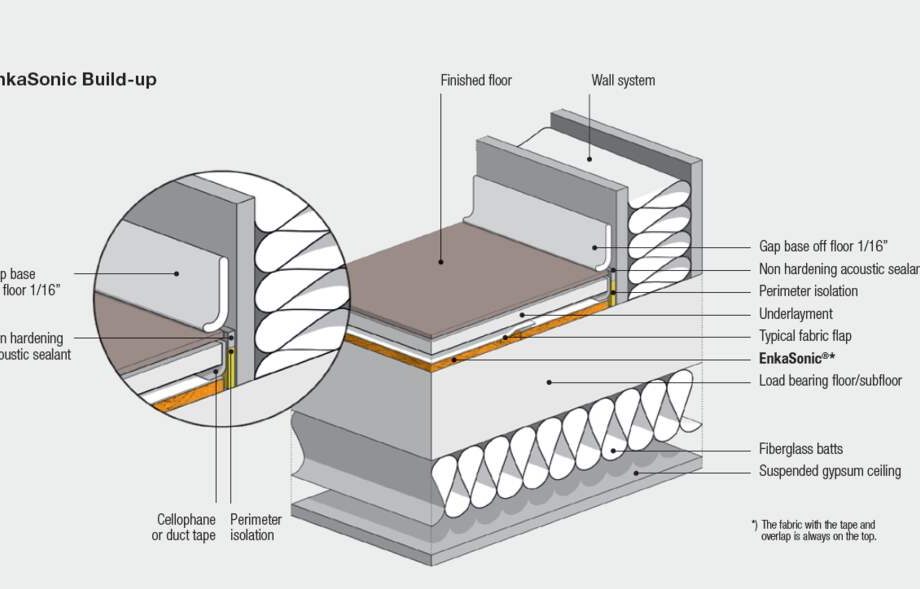As the building and construction industry continues to evolve, the demand for high-performance materials and systems that optimize energy efficiency, comfort, and durability has never been greater. Among these innovations, insulation panels, floating floor spaces, and vertical siding systems have gained significant attention for their ability to enhance the functionality and aesthetic appeal of both residential and commercial structures. gstarboard.com provides an in-depth look at these critical components, highlighting their benefits and practical applications.
Insulation Panels: Enhancing Energy Efficiency
Insulation is one of the most important factors in ensuring a building’s energy efficiency. Insulation panels, typically made from materials such as foam, fiberglass, or mineral wool, are designed to reduce heat transfer, keeping interiors warm in winter and cool in summer. These panels play a vital role in reducing heating and cooling costs, thereby improving the building’s overall energy performance.
Types of Insulation Panels
1. Rigid Foam Insulation Panels: These panels are made from materials like expanded polystyrene (EPS), extruded polystyrene (XPS), and polyisocyanurate (PIR). They offer excellent thermal resistance and moisture resistance, making them ideal for both walls and roofs.
2. Fiberglass Insulation Panels: Lightweight and flexible, fiberglass panels are commonly used in both residential and commercial applications. They provide effective thermal insulation while also offering soundproofing properties.
3. Mineral Wool Insulation Panels: Known for their fire-resistant properties, mineral wool panels are a great choice for areas that require additional safety measures. They also provide excellent sound insulation and moisture resistance.
Applications and Benefits
Energy Efficiency: Insulation panels are crucial for maintaining consistent indoor temperatures, reducing the need for excessive heating or cooling.
Soundproofing: In commercial buildings or multi-family residential units, soundproofing is an essential consideration. Insulation panels made from fiberglass or mineral wool are particularly effective at reducing noise transmission between rooms.
Moisture Resistance: Certain types of insulation panels, such as XPS, are highly resistant to moisture. This makes them suitable for use in high-humidity areas like bathrooms, basements, and exterior walls.
Floating Floor Spaces: Enhancing Comfort and Flexibility
Floating floors, often referred to as “click-lock” or “loose-lay” floors, are a popular flooring solution for both residential and commercial spaces. In contrast to conventional flooring, floating floors are installed without the need for nails or adhesive to attach them to the base surface. Instead, they “float” above the subfloor, relying on a locking mechanism to stay in place.
Types of Floating Floors
1. Engineered Wood Floors: Comprising multiple layers of wood, engineered wood floating floors are more durable than solid wood floors. They are ideal for areas with fluctuating humidity and temperature, such as basements or kitchens.
2. Laminate Floors: Laminate floating floors are cost-effective and highly versatile. Available in various styles and finishes, they mimic the look of hardwood or stone but at a fraction of the cost.
3. Vinyl Floors: Vinyl floating floors are durable, water-resistant, and easy to maintain, making them perfect for kitchens, bathrooms, and commercial spaces.
Applications and Benefits
Ease of Installation: Floating floors are incredibly easy to install, requiring minimal tools and expertise. This simplifies the process, cutting down on labor expenses and installation time, which appeals to both do-it-yourselfers and professional installers.
Comfort: Floating floors offer superior underfoot comfort compared to traditional flooring options. The layers of material, especially when combined with insulation, act as a cushion, reducing noise and enhancing thermal performance.
Flexibility: Floating floors are easy to replace or update, making them ideal for spaces that undergo frequent renovations. Their ability to be installed over existing floors also reduces the need for extensive preparation work.
Vertical Siding Systems: A Modern Approach to Aesthetics and Durability
Vertical siding systems have gained popularity as a modern alternative to traditional horizontal siding. Whether made from wood, fiber cement, or metal, vertical siding offers a sleek, contemporary look that adds visual appeal to both residential and commercial buildings. Beyond aesthetics, vertical siding systems provide functional benefits, including enhanced durability and better weather resistance.
Types of Vertical Siding Systems
1. Wood Siding: Offering a natural, rustic appearance, wood vertical siding is a timeless choice. It can be stained or painted to achieve the desired look and is available in a variety of profiles, such as shiplap or board-and-batten.
2. Fiber Cement Siding: Known for its durability and resistance to rot, fiber cement siding is an excellent choice for areas exposed to harsh weather conditions. It is low-maintenance and provides fire resistance as well.
3. Metal Siding: Available in various finishes and colors, metal vertical siding is both durable and energy-efficient. It is resistant to corrosion, fading, and weathering, making it suitable for a wide range of climates.
Applications and Benefits
Modern Aesthetic Appeal: Vertical siding creates a bold, contemporary look that enhances the architectural style of a building. It adds height and visual interest to the exterior, making it a popular choice for both new builds and renovations.
Weather Resistance: Vertical siding systems, particularly those made from fiber cement or metal, provide excellent protection against the elements. Their vertical orientation also helps prevent water infiltration, reducing the likelihood of moisture damage.
Sustainability: Many vertical siding materials, such as fiber cement and metal, are highly sustainable, offering long lifespans with minimal maintenance. This makes them a good investment for environmentally conscious builders and homeowners.
Conclusion: Integrating Insulation Panels, Floating Floors, and Vertical Siding
When incorporated into modern construction projects, insulation panels, floating floor spaces, and vertical siding systems offer a blend of performance, aesthetics, and sustainability. Each component plays a critical role in enhancing a building’s energy efficiency, comfort, and overall lifespan.
For professionals in the home and building industry, these materials provide opportunities for innovation and efficiency. Whether you are upgrading an existing structure or designing a new one, consider these high-performance products as essential elements in your building plan.
 :
https://www.gstarboard.com/pvcboard/
:
https://www.gstarboard.com/pvcboard/

